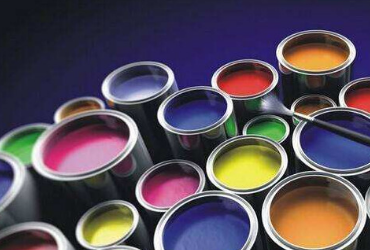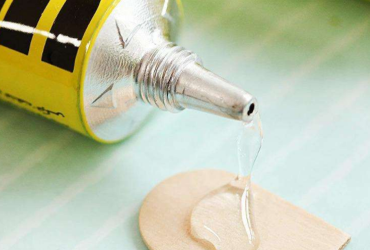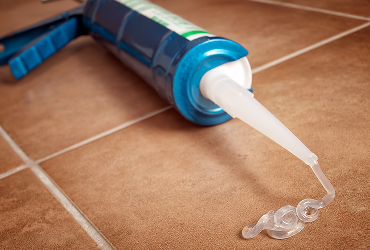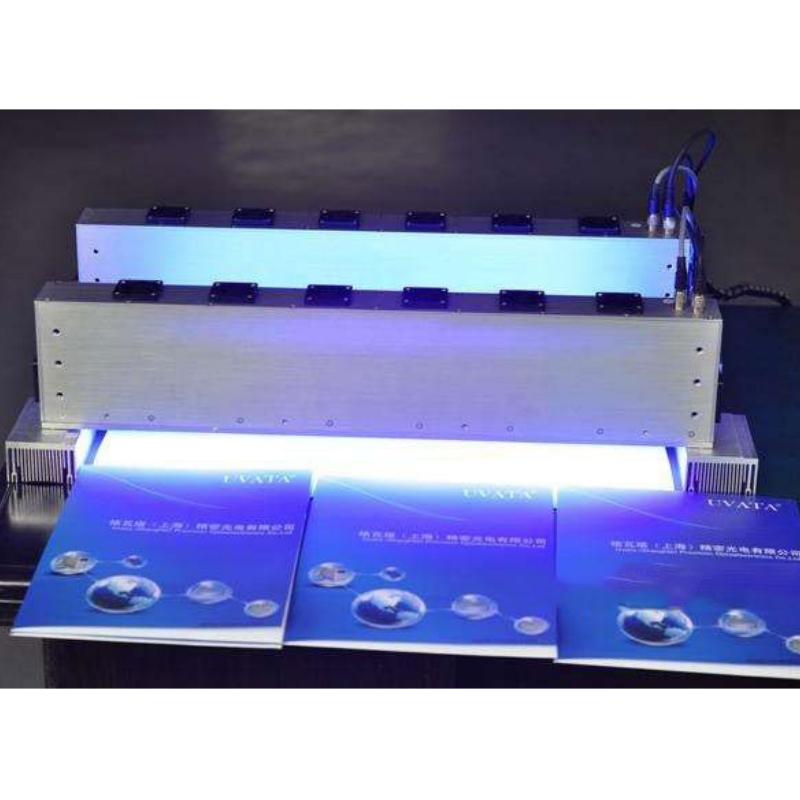The production of UV coatings, inks, and adhesives relies on several key raw materials that provide the necessary properties for these high-performance products. Understanding these raw materials is essential for manufacturers seeking to optimize their formulations and meet the growing demand for UV technologies.
Photoinitiators are crucial components in UV formulations, as they initiate the polymerization process when exposed to UV light. These compounds absorb UV radiation and generate reactive species that trigger the curing of the coating, ink, or adhesive. Common photoinitiators include benzoin ethers, benzil ketals, and acylphosphine oxides. The choice of photoinitiator depends on factors such as the desired curing speed, depth of cure, and compatibility with the other components of the formulation.
Oligomers form the backbone of UV coatings, inks, and adhesives, providing the primary film-forming properties. These high-molecular-weight compounds determine the mechanical properties, chemical resistance, and adhesion of the cured product. Common oligomers used in UV formulations include epoxy acrylates, urethane acrylates, and polyester acrylates. Each type of oligomer offers distinct performance characteristics, allowing manufacturers to tailor their formulations to specific application requirements.
Monomers are low-molecular-weight compounds that act as reactive diluents in UV formulations. They reduce the viscosity of the formulation, improving its processability and application properties. Monomers also participate in the polymerization process, enhancing the crosslink density and final properties of the cured product. Common monomers used in UV technologies include isobornyl acrylate, hexanediol diacrylate, and trimethylolpropane triacrylate. The selection of monomers depends on the desired balance between flexibility, hardness, and adhesion.
Additives are used to modify the properties of UV coatings, inks, and adhesives, enhancing their performance and functionality. Common additives include stabilizers, flow agents, adhesion promoters, and pigments. Stabilizers protect the formulation from degradation during storage and application, while flow agents improve the leveling and appearance of the cured film. Adhesion promoters enhance the bond between the UV product and the substrate, and pigments provide color and opacity. The careful selection and incorporation of additives are essential for achieving the desired performance characteristics.
Fillers are often incorporated into UV formulations to improve mechanical properties, reduce shrinkage, and lower costs. Common fillers include silica, calcium carbonate, and talc. These materials can enhance the strength, hardness, and wear resistance of the cured product. However, the addition of fillers must be carefully controlled to avoid negatively impacting the curing process and the final properties of the UV coating, ink, or adhesive.
In summary, the key raw materials for UV coatings, inks, and adhesives include photoinitiators, oligomers, monomers, additives, and fillers. Each of these components plays a crucial role in determining the performance and functionality of the final product. By understanding and optimizing these raw materials, manufacturers can develop high-performance UV formulations that meet the specific needs of various applications.
#UVCoatings #UVResins #UVMaterials #UVTechnology #UVCuring #AdvancedMaterials #SurfaceCoatings #ResinTech


2022-08-03




2025-01-06